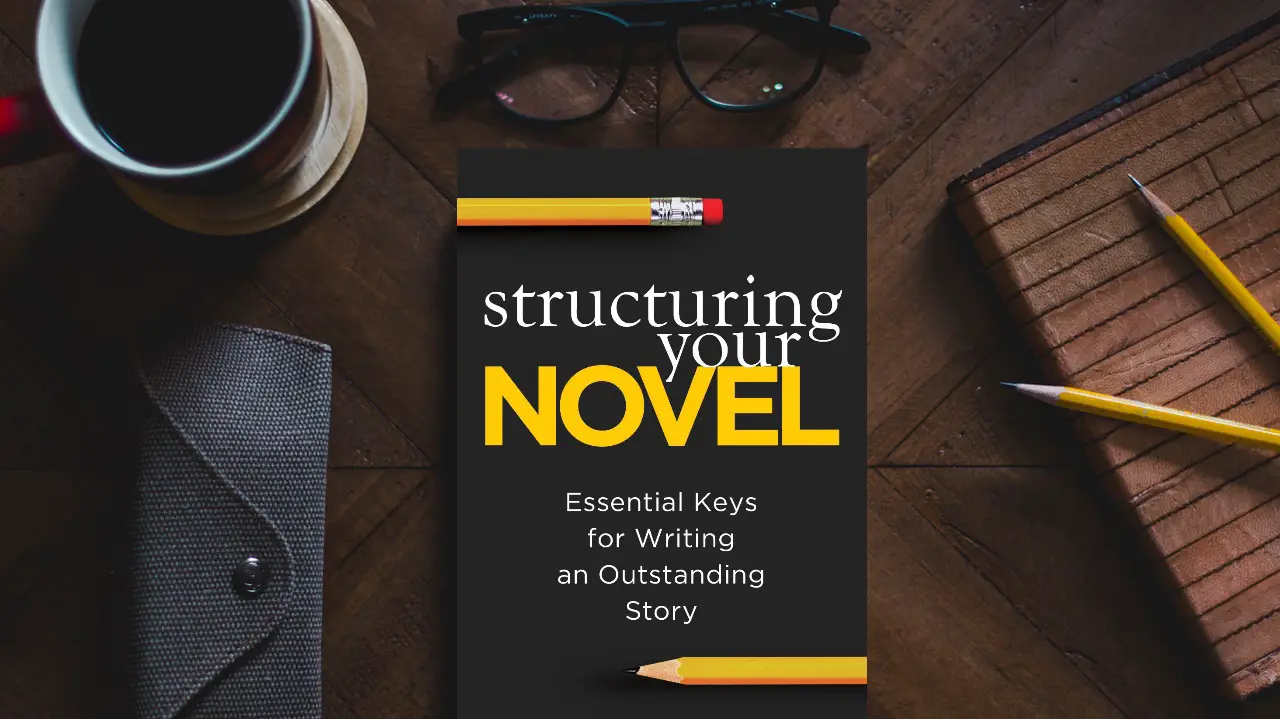This book is pretty much a goldmine for any writer who wants to delve more into story structure. Weiland’s goal in this book is two-fold: to show how a basic story structure underlies pretty much every good work of fiction, and then to teach the would-be writer how to use the basic parts of story structure well.
The largest section of the book is spent on the structure of the story as a whole; however, Weiland also spends a considerable amount of time looking at how individual scenes ought to be structured, and also multiple pages at the end to look at how sentences should be structured. All of this leads to a book that covers many different areas of writing within the general theme of structure.
Weiland’s book has multiple strengths. The first is her ability to use a diverse set of examples from fiction to pound each point home, as well as to show us how story structure can be applied to a lot of different kinds of books and movies in a way that doesn’t seem formulaic or repetitive.
Looking at the individual sections of her book, her examination of how a story as a whole should be structured I found simply fantastic. I’ve read multiple books before that touched on structure, but Weiland had one of the clearer and better explanations of it that I’ve read so far. In addition, while most readers may be initially attracted to the book for that former side of story structure, her section on scene structure was surprisingly powerful as well. In particular, her explanation of how each scene is really composed of two parts (scene and sequel), and how each scene needs both parts to be truly effective was really good and personally helped me a lot in my writing.
As a writer, I definitely lean more toward the plotter way of writing, as does Weiland. Given that, while I found her book very helpful, it may not be quite as useful for a more seat-of-the-pants type writer, given her emphasis on figuring out a story’s structure before the writing actually begins. Nevertheless, several parts of the story, including her large section on scene structure, touched on many areas that both plotters and pantsers can learn equally from. Overall, this was one of the clearest and best books on story structure that I’ve read and one that I very much benefited from reading.


Sounds like a great book!
I’m a passionate pantser, but I usually know pretty much everything that’s going to happen before I start actually writing. Even if I didn’t and took it all completely on the fly, I think I would still find this book fascinating. 🙂